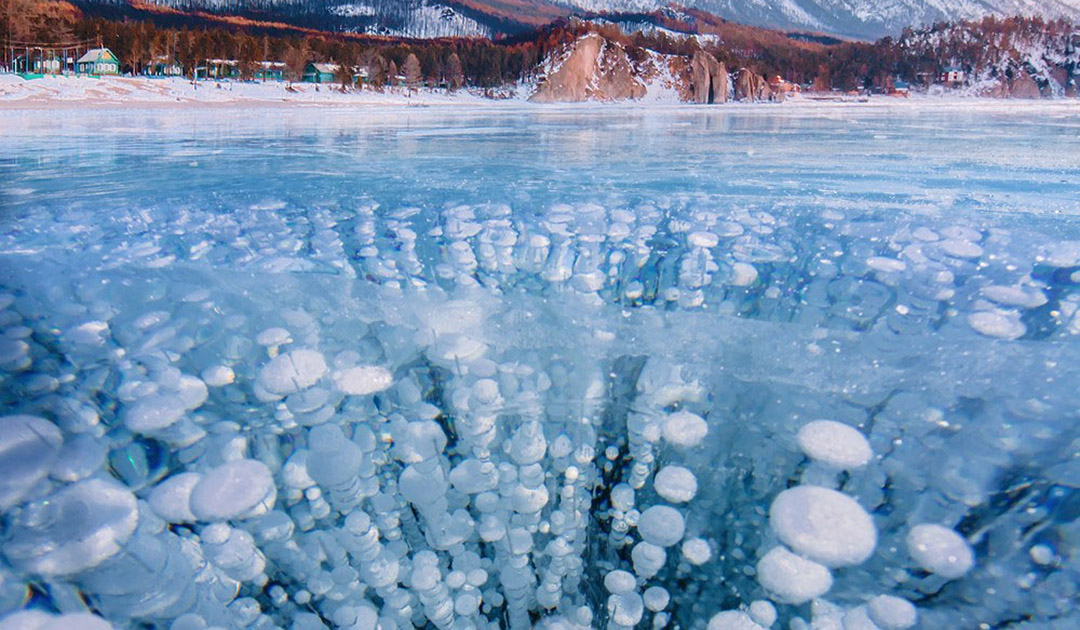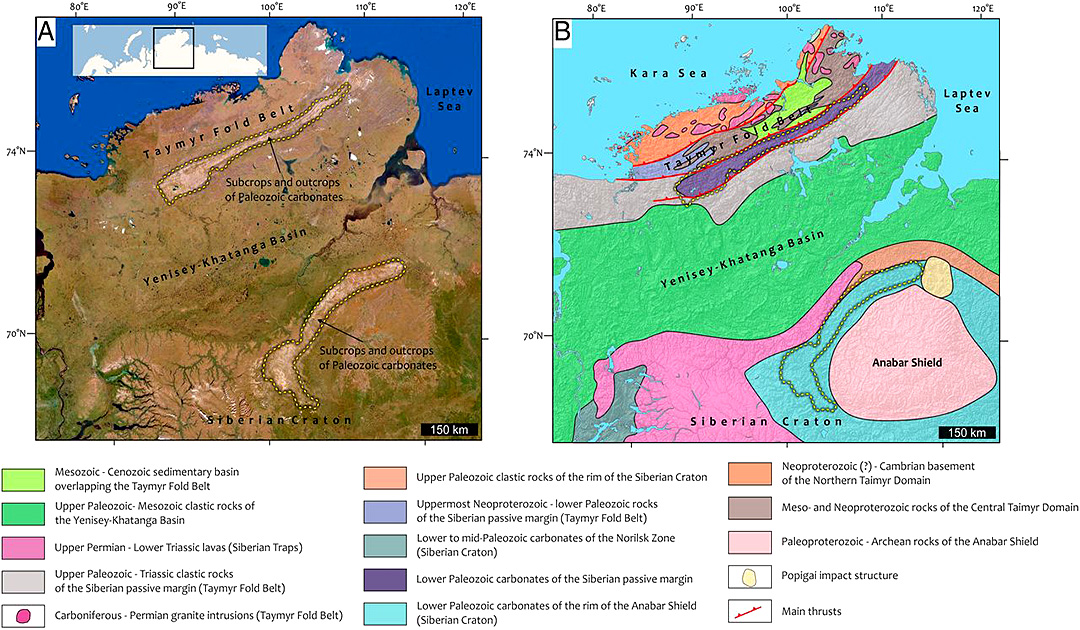
Scientists have long been concerned about what many call the “methane bomb.” This refers to the potentially catastrophic release of methane from thawing wetlands in Siberian permafrost. Nikolaus Froitzheim, who teaches at the Institute of Geosciences at the University of Bonn, said he and two colleagues used satellite maps to measure intense methane concentrations over two ‘conspicuous elongated areas’ of limestone on the Taymyr Peninsula. The study was published by the Proceedings of the National Academy of Sciences.
In 2020, Siberia experienced an extreme heat wave. Atmospheric methane concentrations in northern Siberia have shown a significant increase since June 2020, as the PULSE map of methane concentrationsshows.
A study by the three geologists shows that the 2020 heatwave has revealed an increase in methane emissions ‘possibly in much higher amounts’ from a different source. The scientists suggest that thawing rock formations in the Arctic permafrost are partly responsible.
Permafrost normally traps methane, but as global temperatures rise, permafrost thaws and more of these trapped gases are released into the atmosphere.

Surface temperatures rose to 12.2 degrees Celsius above 1979-2000 norms during the 2020 summer heat wave. In the Taymyr Peninsula area studied, he said, there was little soil, vegetation was scarce and limestone lay exposed on the surface. As the rock formations warmed, cracks opened and released the methane trapped inside.
The difference is that thawing wetlands release ‘microbial’ methane from the decay of soil and organic matter, while thawing limestone releases hydrocarbons and gas hydrates from reservoirs both below and within permafrost, making it ‘much more dangerous’ than previous studies have indicated.

According to the paper, currently the largest sources of methane that are not trapped in permafrost are from agriculture and hydrofracking leaks. But the revelation of a new source of methane is troubling. Froitzheim pointed out that it’s unknown how much methane can be expected from the limestone formations.
Heiner Kubny, PolarJournal
Original study: https://www.pnas.org/content/118/32/e2107632118





